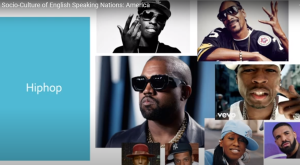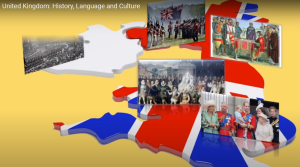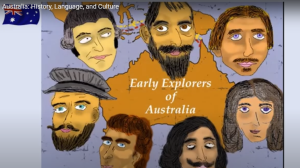History of Australia
There were numerous early European explorers to Australia, among them Willem Janszoon, the Dutchman generally credited with being the first outsider to land on Australian soil doing so in 1606, and his compatriot Abel Tasman, who in 1642 discovered the large island off Australia’s southern coast – hence its modern name, Tasmania. It was Captain James Cook, however, who landed at Botany Bay in 1770 and changed the fate of the land forever. When he and his men stepped onto Australian shores, they encountered an Aboriginal way of life that went back some 40,000 years. The first governor, Arthur Phillip, was ordered to encourage a positive relationship with the indigenous locals, although a mixture of disease, malice and mutual suspicion meant this was over-optimistic. The first settlers treated the Aboriginal population with appalling brutality, which gave way to racist policies from subsequent administrations. Tensions still exist between mainstream Australia and the guardians of the Aboriginal way of life. While the native way of life was being strained, the island’s new settlers were putting down firm roots. A British colony had been established not long after Cook’s arrival, and by 1868 (recognising the powerful crime deterrent afforded by penal transportation) London had sent more than 160,000 convicts to Australia. By this time there had also been the mass arrival of free settlers and speculators, many of them pouring into the country in the gold rush of the 1850s. It led to significant economic expansion. By the 1880s the majority of people in the colony had been born and raised in Australia, which in turn was creating a deeper sense of nationalism. The Commonwealth of Australia came into being in 1901.
The nation was deeply involved and affected by both world wars and the Great Depression, but it continued to develop into a modern, versatile nation and grew as both a domestic and international power. Racial reconciliation was given a boost in 2008 when government issued a formal apology to the indigenous population for the past.
Australia remains a constitutional monarchy, with Queen Elizabeth Il as its present monarch. The country saw its first ever female prime minister in 2010, when Labor’s Julia Gillard won a narrow election victory. Her rule lasted three years, before a political merry-go-round then saw Labor’s Kevin Rudd, the Liberal Party’s Tony Abbott and prime minister Malcolm Turnbull all have stints in power before 2015 was up. Turnbull, of the Liberal Party, is currently serving as Prime Minister, having been reelected in 2016 and served until 2018. He was replaced by Scott Morrison who is currently serving as of the recording of this video in 2021.
Did you know? • Melbourne is said to be home to the most sizable Greek population in the world outside Greece.• The country’s largest cattle station, Anna Creek in South Australia, is more than three quarters the size of Belgium. • Former PM Bob Hawke once held the word record for downing the equivalent of a yard of ale. Australia Culture Religion in Australia 35% Protestant, 25% Roman Catholic, and the rest are smaller minorities of all other major religions.
Social Conventions in Australia. A largely informal atmosphere prevails; shaking hands is the customary greeting. Casual wear is worn everywhere except in the most exclusive restaurants, social gatherings and important business meetings. Most restaurants forbid smoking.
Language in Australia. The official language is English. Many other languages are retained by minorities, including Italian, German, Greek, Vietnamese, Chinese dialects and Aboriginal languages.
Source: https://www.worldtravelguide.net/guides/oceania/australia/history-language-culture/
Guide Questions
Who are considered indigenous to the country now known as Australia?
Where does most of the mainstream Australians came from?
Why are there tensions between the mainstream Australians and the indigenous people?
What is “Common Wealth of Australia”?
In what manner did the Australian government reach out to the indigenous locals to mend their broken relationship?
What is a constitutional monarchy?
Who was the prime minister when the great Australian wild fire happened? Where was he at the time of its occurrence?
Related Posts
- American History, Language, and Culture
- United Kingdom: History, Language and Culture
- Australia: History, Language, and Culture
LET’S CONNECT


